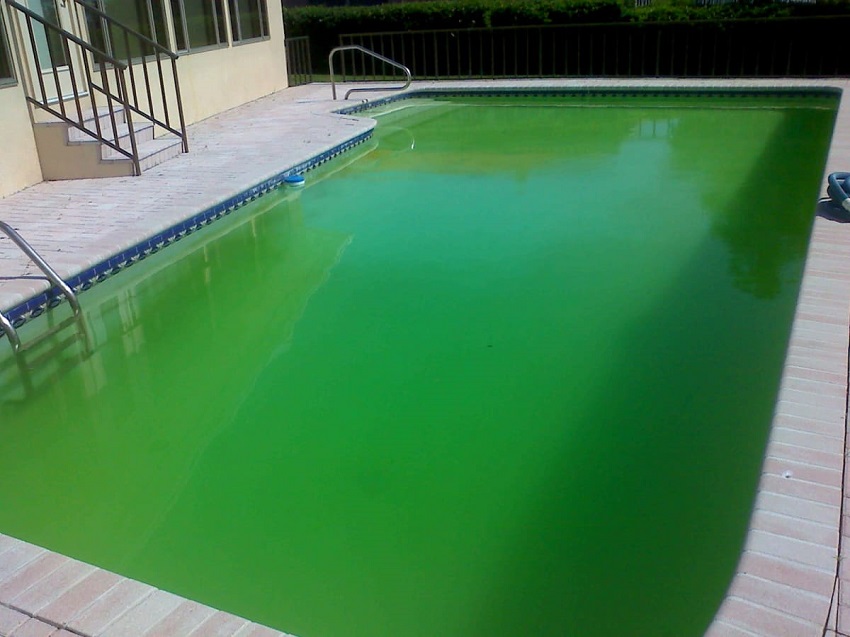Swimming pools provide a refreshing oasis during hot summer days, but maintaining the right chemical balance is crucial for a clean and safe swimming environment. One important aspect of pool chemistry is alkalinity, vital in keeping your pool water balanced and preventing damage to the pool surfaces and equipment. In this article, we’ll explore the significance of alkalinity, the reasons for low alkalinity, and most importantly, how to raise alkalinity in pool.
Understanding Alkalinity in Pools
Alkalinity refers to the ability of water to neutralize acids. It acts as a buffer, preventing rapid fluctuations in pH levels. Alkalinity is measured in parts per million (ppm) and is influenced by various factors, including the type of pool, water source, and chemicals added.
Importance of maintaining proper alkalinity levels
Maintaining proper alkalinity is essential for several reasons. Firstly, it helps stabilize the pH levels in your pool. If alkalinity is too low, the pH can become unstable, leading to corrosion of metal parts, staining of pool surfaces, and discomfort for swimmers. Additionally, inadequate alkalinity can make it difficult to maintain chlorine levels, reducing the effectiveness of sanitization.
Testing Alkalinity
Before raising the alkalinity, it’s important to determine the current levels accurately. Testing kits designed for measuring alkalinity are readily available and easy to use.
Using test kits
Follow the instructions provided with the test kit to obtain a water sample from your pool. Add the required reagent and compare the color of the water to the provided chart. This will give you a precise measurement of your pool’s alkalinity.
Ideal alkalinity range
The recommended alkalinity range for most pools is between 80 and 120 ppm. However, referring to the specific guidelines provided by the pool manufacturer or a pool professional is essential.
Reasons for Low Alkalinity
Low alkalinity can occur due to factors such as carbon dioxide outgassing, acidic rainfall, and chemical imbalances.
Carbon dioxide outgassing
Carbon dioxide can escape from pool water, especially if the pool is not properly aerated. This can lead to a decrease in alkalinity levels over time.
Acidic rainfall
Rainwater can introduce acidic compounds to your pool, resulting in a reduction in alkalinity. Areas with heavy rainfall may experience more significant alkalinity fluctuations.
Pool chemical imbalances
Mismanagement of pool chemicals, particularly acids, can cause a decline in alkalinity. Adding too much acid or not maintaining the appropriate chemical balance can affect the pool’s overall alkalinity.
Importance of Raising Alkalinity
Raising alkalinity is crucial for the longevity and health of your pool. Proper alkalinity levels help protect pool surfaces, such as plaster and vinyl, from corrosion and deterioration. It also helps stabilize the pH levels, essential for the effectiveness of other pool chemicals, including sanitizers like chlorine. Here are a few reasons why raising alkalinity is important for pool maintenance:
- pH Stability: Alkalinity acts as a buffer, helping stabilize the pool water’s pH level. The pH can fluctuate more easily if the alkalinity is too low, leading to an unbalanced pool environment. Maintaining the proper alkalinity range (typically between 80-120 ppm) helps keep the pH level within the desired range, which is crucial for swimmer comfort and effective sanitization.
- Protects Pool Surfaces and Equipment: Low alkalinity can result in corrosive water conditions. Insufficient alkalinity can cause the pH to drop, increasing the pool water’s acidity. Acidic water can damage pool surfaces, such as plaster or vinyl liners, and pool equipment like heaters, pumps, and filters. Raising alkalinity helps prevent corrosion and prolongs the lifespan of pool components.
- Enhances Effectiveness of Sanitizers: Maintaining proper alkalinity levels optimizes the efficiency of sanitizers, such as chlorine. When alkalinity is within the recommended range, the sanitizers can effectively kill bacteria, algae, and other contaminants. This ensures the water remains safe, clean, and suitable for swimming.
- Improves Water Clarity: Low alkalinity levels can lead to cloudy or hazy pool water. Raising alkalinity helps improve water clarity by reducing the potential for dissolved metals and minerals to precipitate and form visible particles. Clear water looks more appealing and allows for better visibility and a more enjoyable swimming experience.
Methods to Raise Alkalinity
Fortunately, there are several effective methods on how to raise alkalinity in pool.
Adding baking soda (sodium bicarbonate)
Baking soda, commonly found in households, is a cost-effective and efficient way to raise alkalinity. It acts as a buffer and increases alkalinity without significantly impacting pH levels. Calculate the amount of baking soda needed based on your pool’s volume and follow the instructions on the product packaging for the proper dosage.
Using alkalinity increasers
Alkalinity increasers, available at pool supply stores, are specifically formulated to raise alkalinity levels. They are often granular or powder-based and can be added directly to the pool water. Read the manufacturer’s instructions carefully and follow the recommended dosage for your pool’s size.
Aeration and outgassing
Increasing aeration in your pool can help raise alkalinity levels naturally. Running water features, such as fountains or waterfalls, or using an air compressor to introduce air bubbles into the pool, promotes carbon dioxide outgassing, which can elevate alkalinity. Remember to monitor your pH levels while aerating to avoid an unwanted increase.
Step-by-Step Guide to Raising Alkalinity
Here is a step-by-step guide to help you raise the alkalinity in your pool effectively:
- Test and record the current alkalinity levels using a reliable test kit.
- Calculate the amount of alkalinity increaser or baking soda required based on your pool’s volume and the desired increase.
- Add the alkalinity increaser or baking soda to the pool water slowly and evenly across the surface.
- Use a pool brush or pole to stir the water gently, ensuring proper distribution of the added alkalinity-raising agent.
- Allow the water to circulate for several hours.
- Retest the alkalinity levels to confirm if the desired range has been achieved.
- Repeat the process with the appropriate adjustments until the ideal alkalinity range is reached.
Tips for Maintaining Alkalinity Levels
Maintaining proper alkalinity levels is an ongoing process. Here are some tips to help you keep your pool’s alkalinity balanced:
- Regularly test and adjust the alkalinity levels at least once a week.
- Monitor pH levels alongside alkalinity to maintain the optimal balance.
- Follow proper chemical storage and handling procedures to avoid contamination and chemical imbalances.
Incorporating these practices into your pool maintenance routine will help ensure a well-balanced pool environment and extend the lifespan of your pool equipment and surfaces.
Conclusion
Raising alkalinity in your pool is essential for maintaining water balance, protecting pool surfaces and equipment, and ensuring a comfortable swimming experience. By understanding alkalinity’s significance, regularly testing, and utilizing the appropriate methods, you can achieve and maintain the ideal alkalinity range for your pool.










